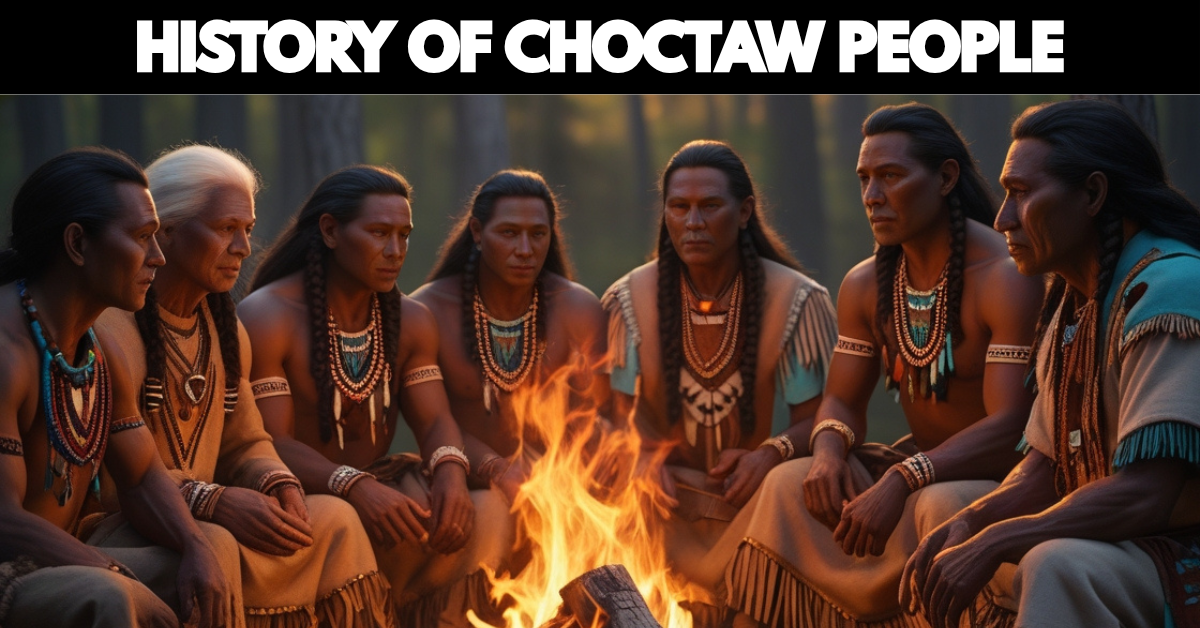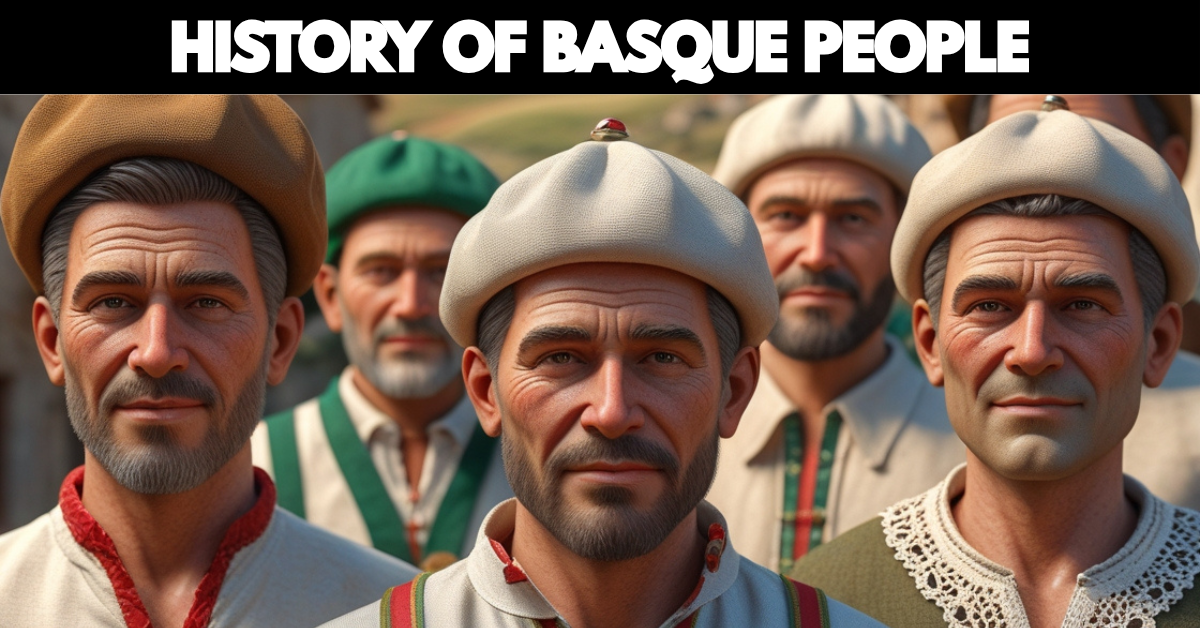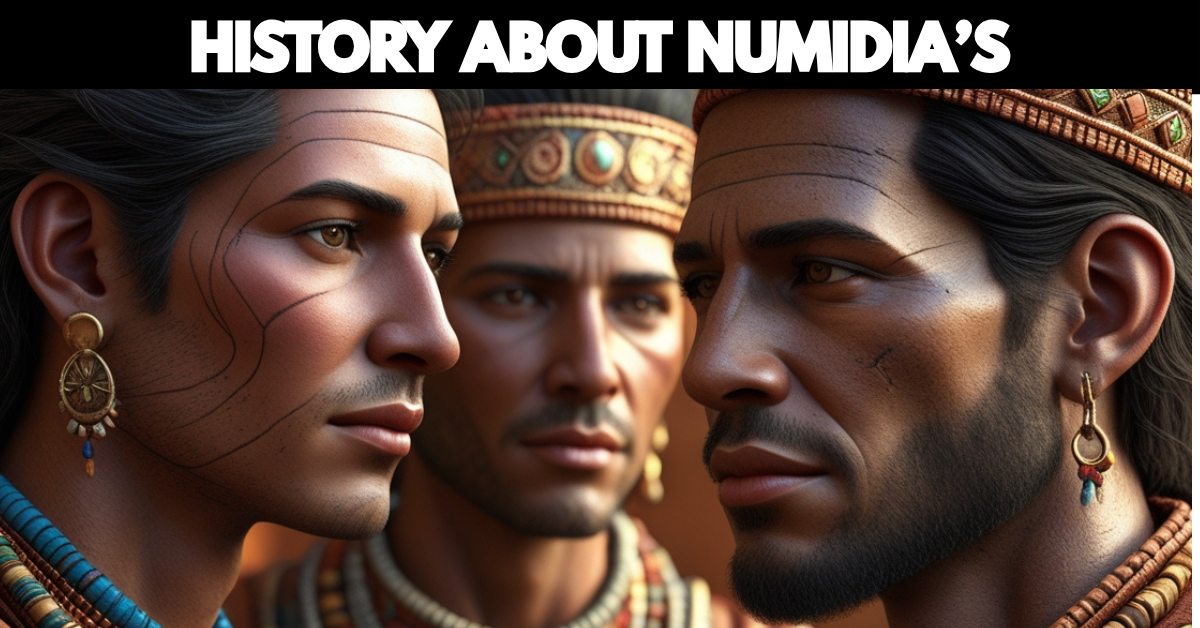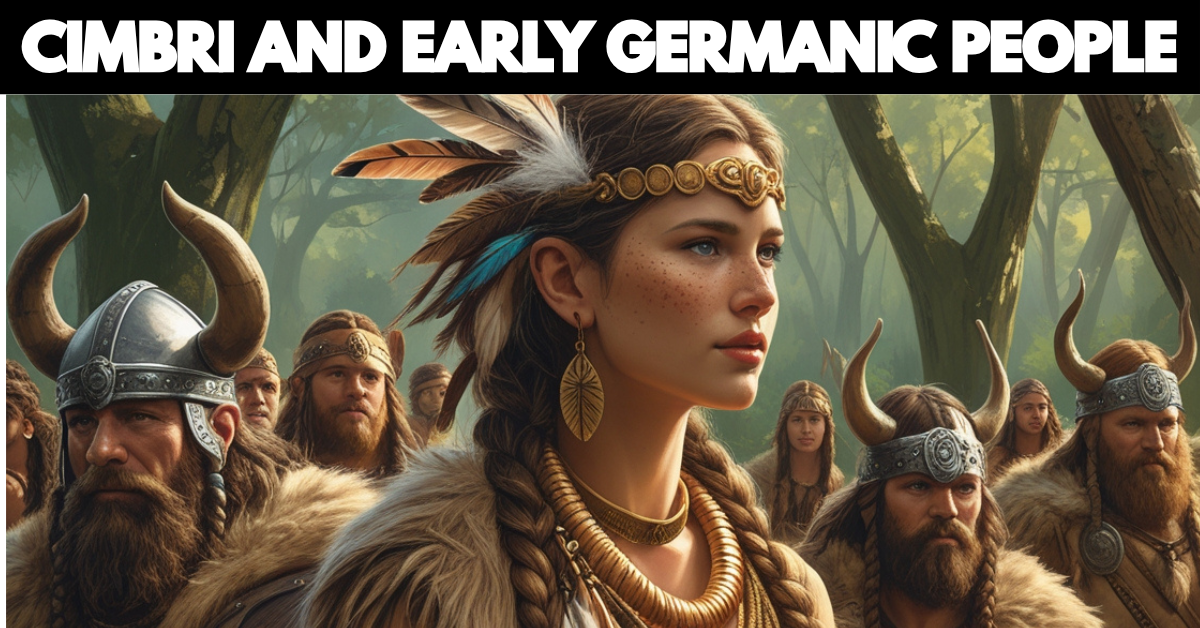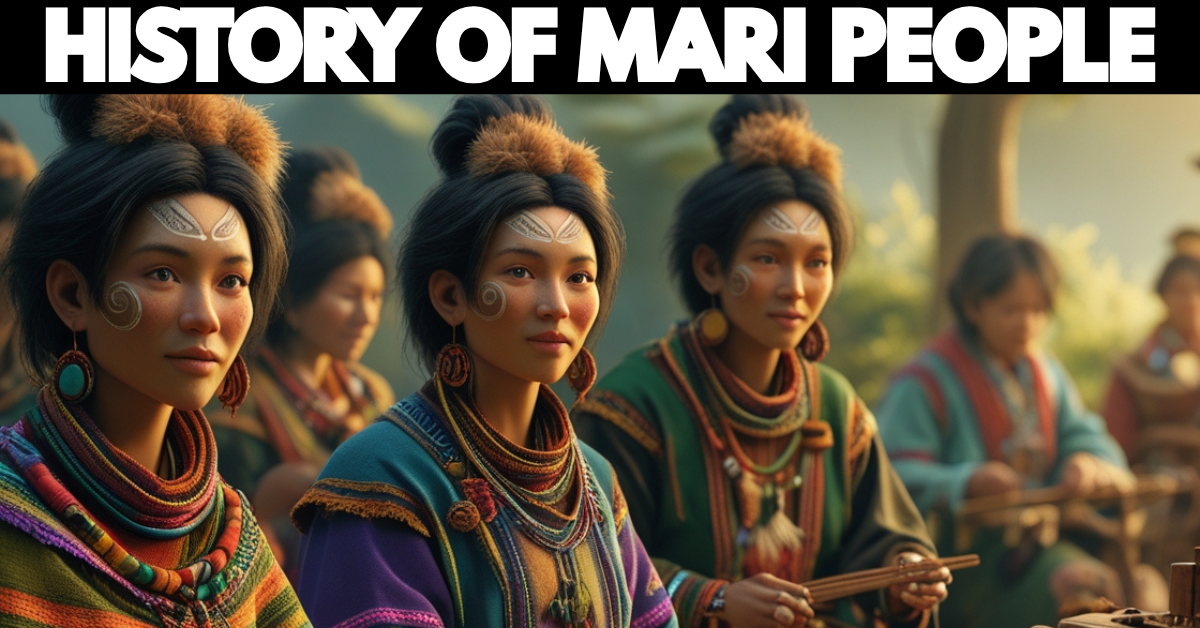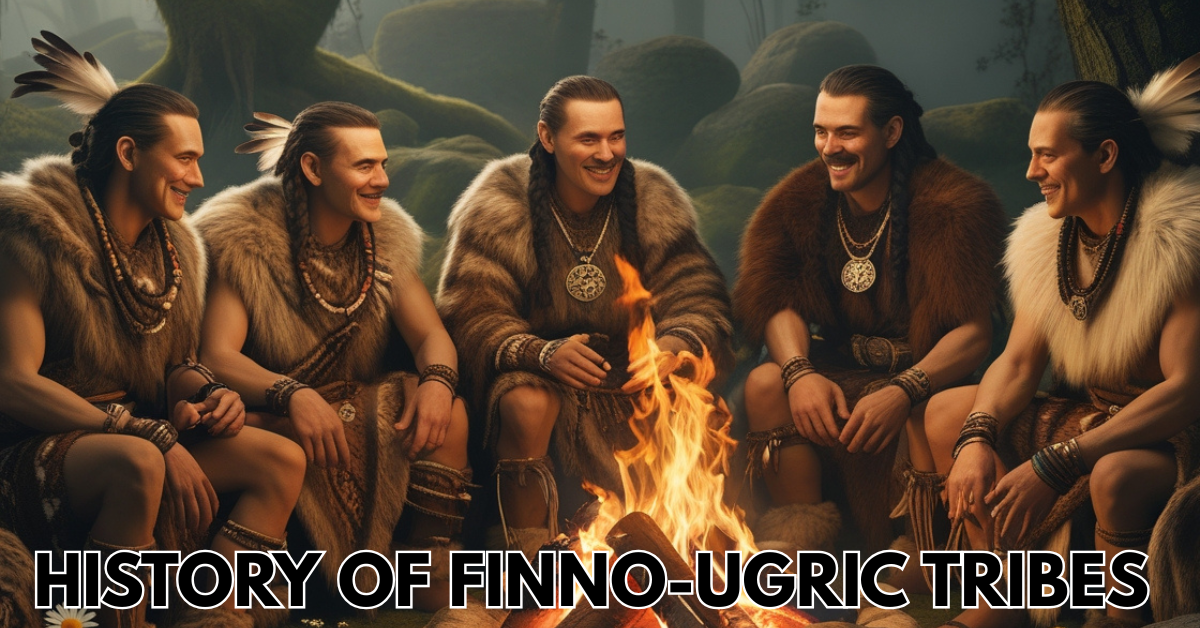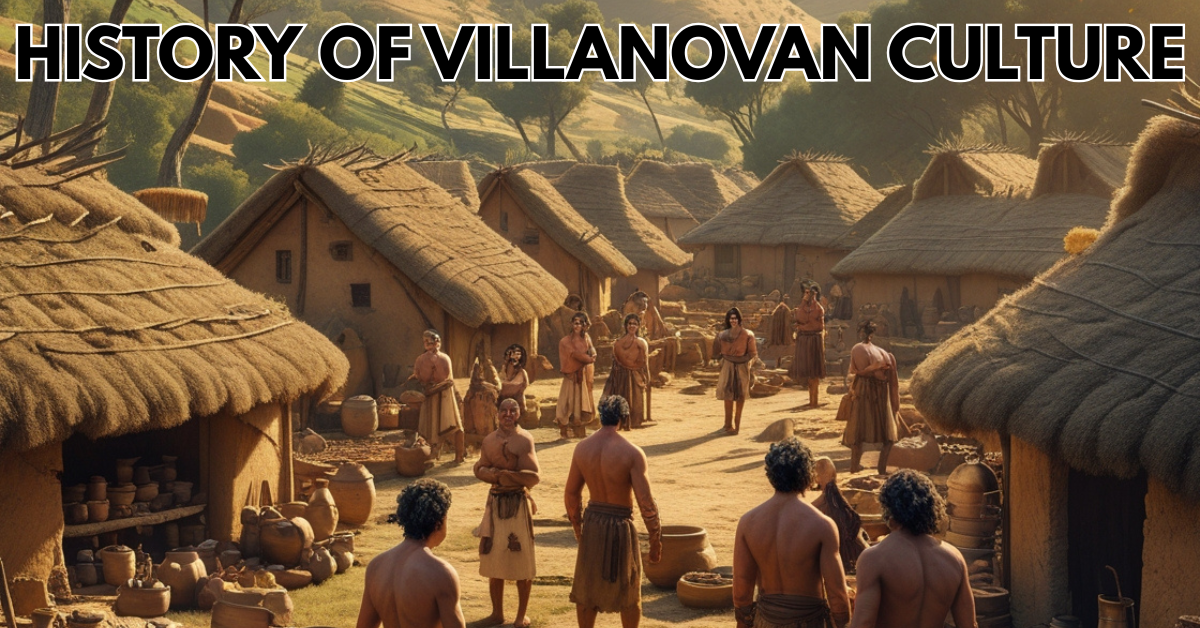History of Yanomami People
The Yanomami PeopleThe Yanomami are an Indigenous group of South America who speak a Xirianá language and inhabit the remote forests of the Orinoco River basin in southern Venezuela and the northern Amazon basin in Brazil. As of the early 21st century, their population was estimated at around 32,000 individuals across this territory. The Yanomami … Read more

